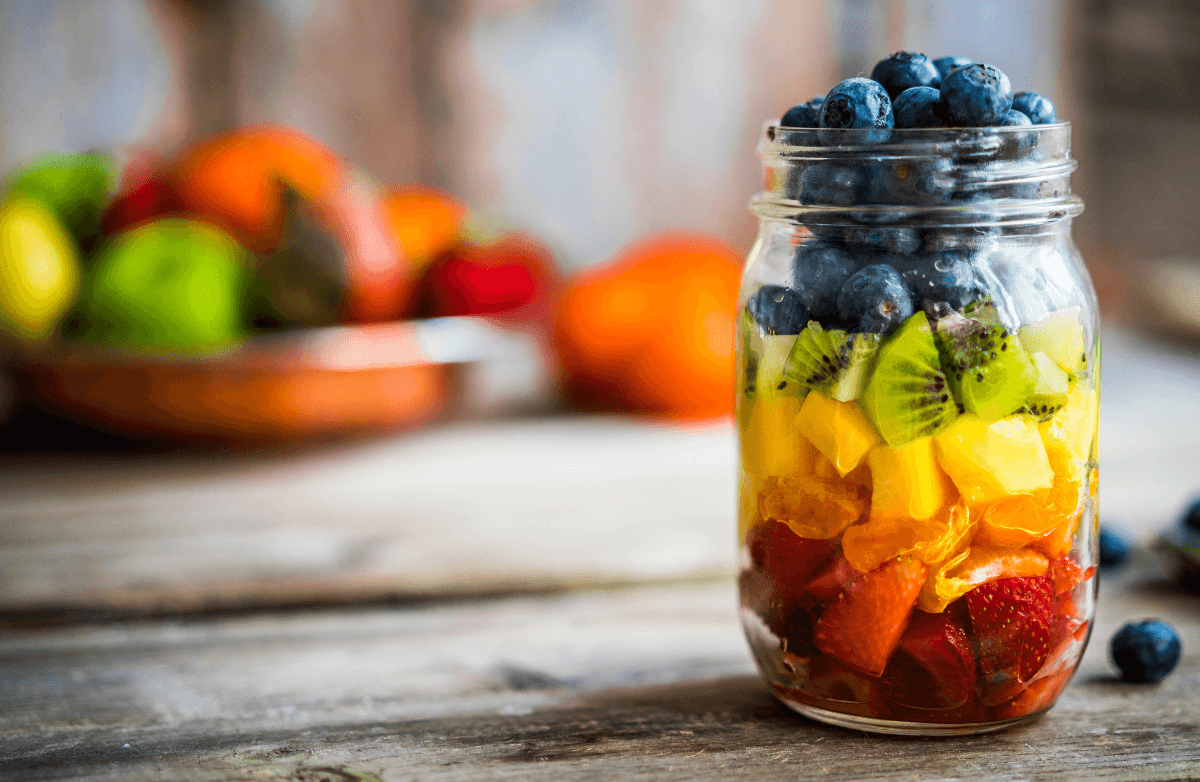On your next grocery run, be ready—not just with your list, but with a plan. Today’s supermarkets are expertly designed to steer you off-course, nudging you to spend more and load up on things you didn’t plan for (and don’t need). These clever marketing tactics aren’t just tough on your wallet—they can derail your health goals, too.
Let’s take a quick tour through the supermarket together and uncover some of the most common traps—and simple ways to avoid them.
1. End Cap Eye-Catchers
The ends of aisles (called "end caps") are prime real estate for tempting seasonal kits and snack bundles—think s’mores kits in summer or hot cocoa bombs in winter. But these displays often feature ultra-processed, sugary, or salty items.
Smart move: If it’s on your list, great—you just saved a trip down the aisle. If not, admire the display and keep moving toward the fresh stuff.
2. Shelf Placement Tricks
Ever wonder why the most expensive brands are at eye level? It’s no accident. Big brands pay to be placed where you’ll spot them first, and kid-focused products are right at cart level for little hands.
Smart move: Look high and low—literally. Budget-friendly, often just-as-nutritious store brands are usually shelved above or below the premium options. Teach kids to help spot healthier choices and turn shopping into a fun scavenger hunt.
3. Holiday Hype Displays
No matter the season, there’s always a holiday coming—and your grocery store is ready to sell you themed snacks and party packs to go with it. These impulse displays play on nostalgia and convenience.
Smart move: Plan your holiday meals and treats and stick to your list. Healthy celebrations can still be fun (and delicious) without the last-minute extras.
4. Bakery Scent Strategy
Smelling fresh bread or warm cinnamon rolls? That’s marketing magic at work. Many stores time their baking for peak hours because studies show customers buy more when tempted by these scents.
Smart move: Eat before you shop. A full belly helps keep cravings in check and lets you stay focused on your real needs, not your nose.
5. “Deals” That Cost More
5 for $10, buy 2 get 1 free—it sounds like a bargain, but is it something you really need? If it’s a healthy pantry staple, great. If not, it's just sneaky upselling.
Smart move: Ask yourself, “Would I buy this at full price?” If the answer is no, skip it—even if it feels like a deal.
6. Free Samples, Hidden Costs
Samples seem harmless, but they’re designed to get you to toss that new product into your cart. And often, they’re processed, high in sodium, sugar, or saturated fats.
Smart move: Sample wisely. Check labels before committing, and only take it home if it aligns with your health goals.
7. Checkout Lane Landmines
You’re almost out—and then you’re faced with candy bars, sugary drinks, and flashy magazines. The checkout zone is a final push to grab just one more thing.
Smart move: Distract yourself—reorganize your cart, review your list, or chat with someone in line. Better yet, bring a healthy snack from home if you tend to shop hungry.
8. Final Tip: Shop With Intention
Mindful shopping means being aware of what’s pulling your attention—and why. Making a list, eating beforehand, and asking yourself “Do I need this?” can make a big difference.
You’re in charge of what goes in your cart. Every choice is a step toward the version of you that feels best. Let’s shop smarter, one intentional item at a time.





.jpg)







